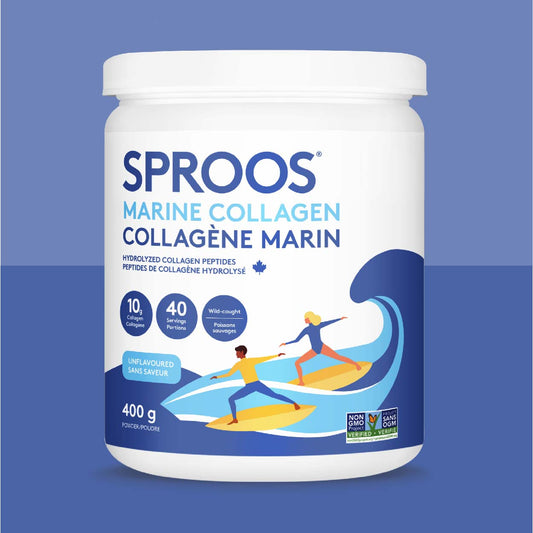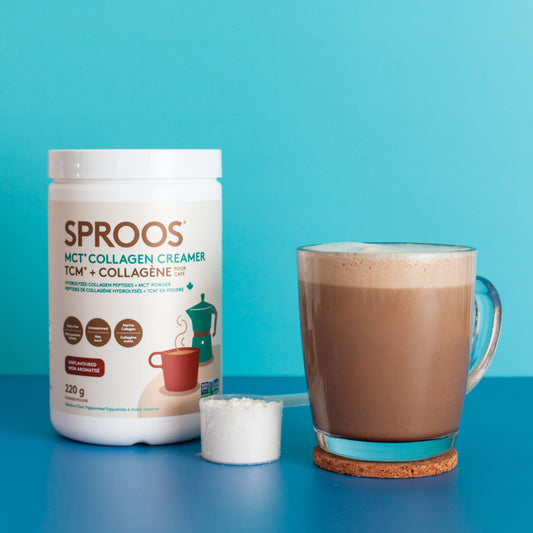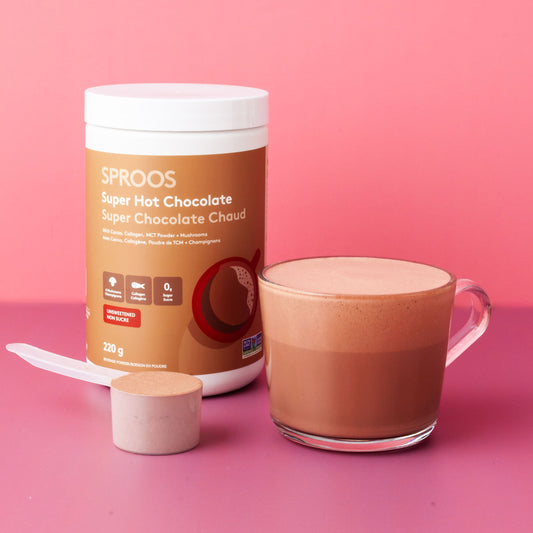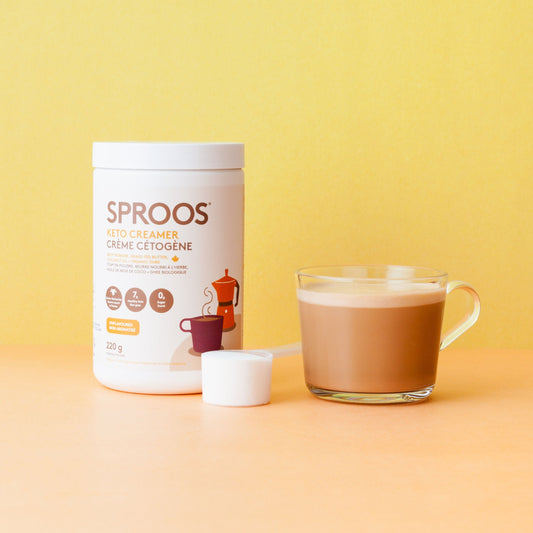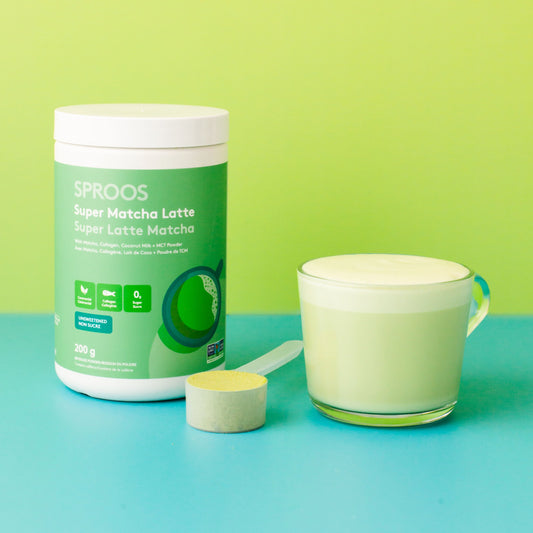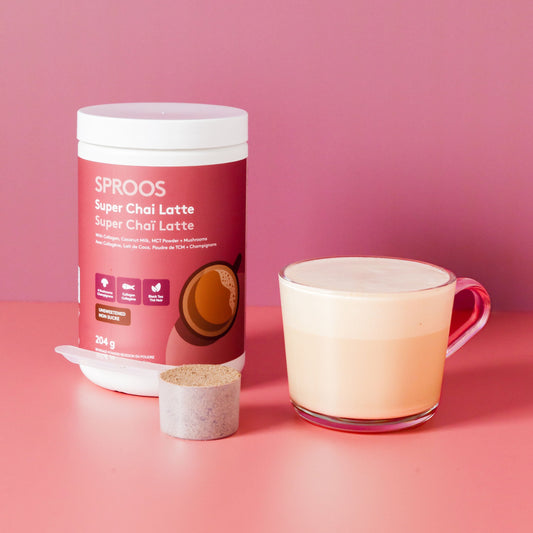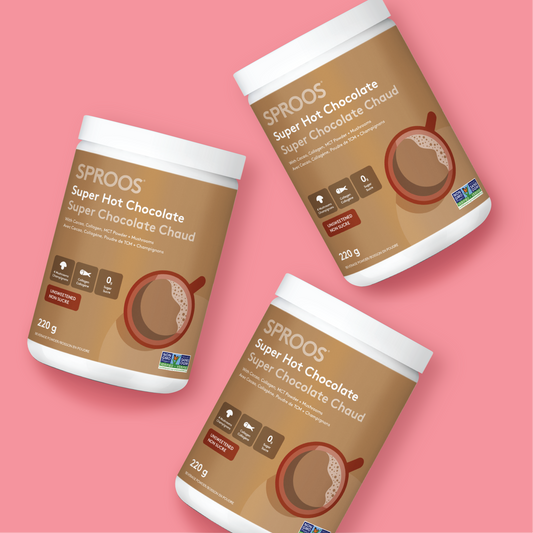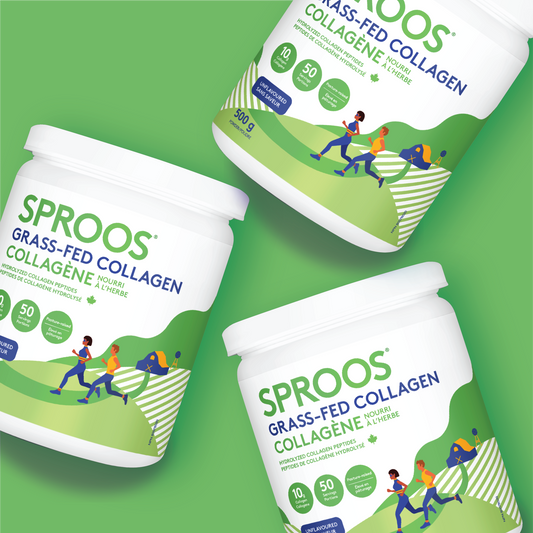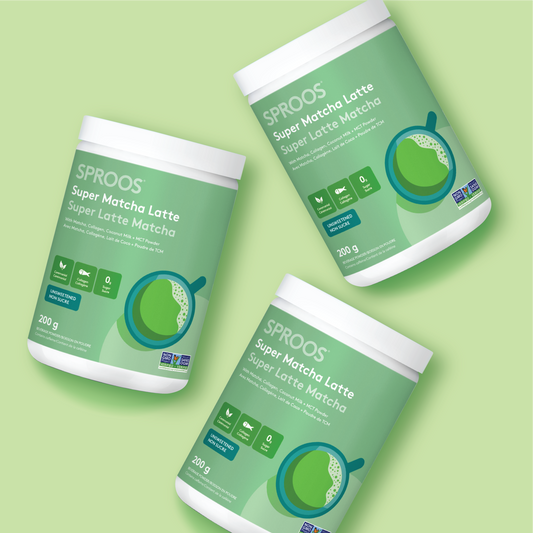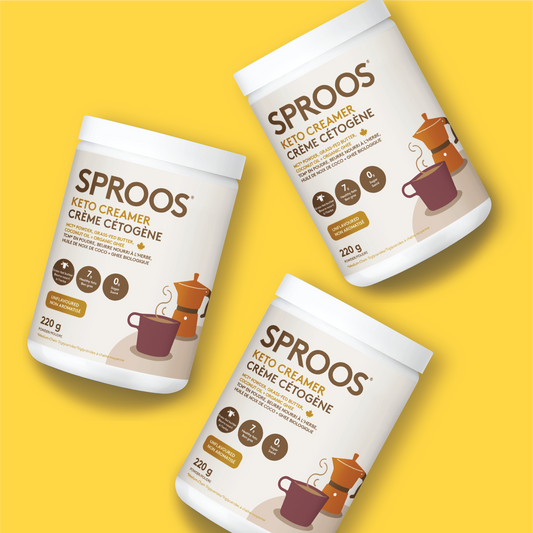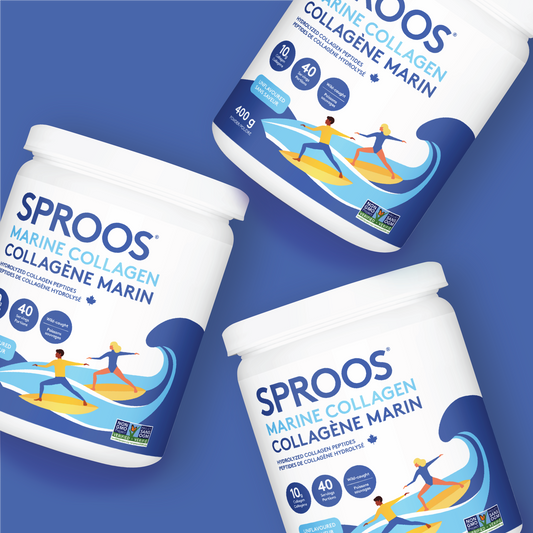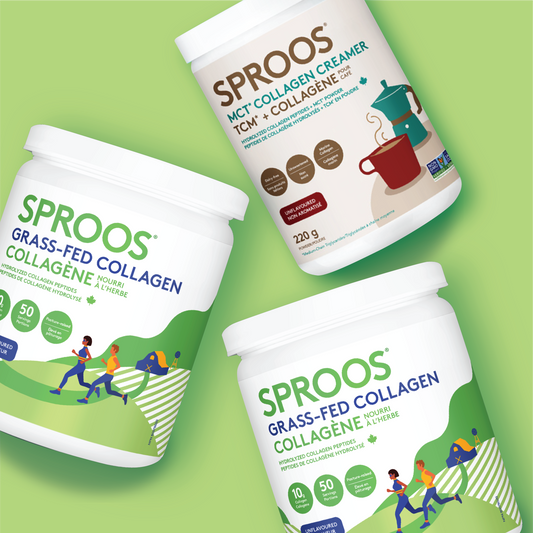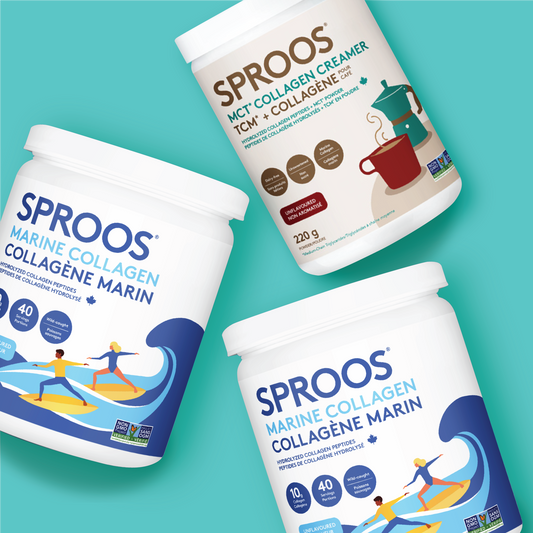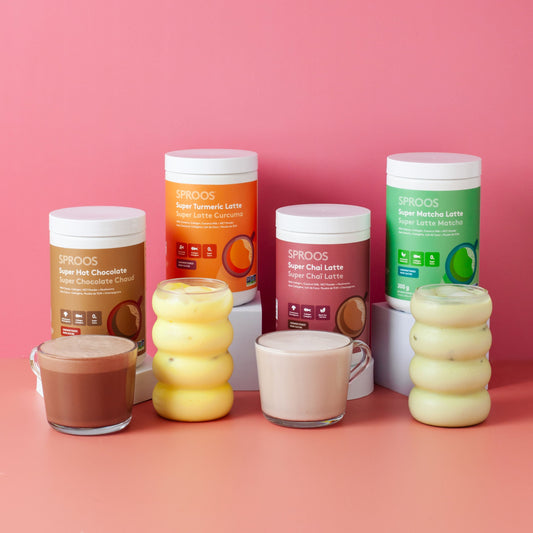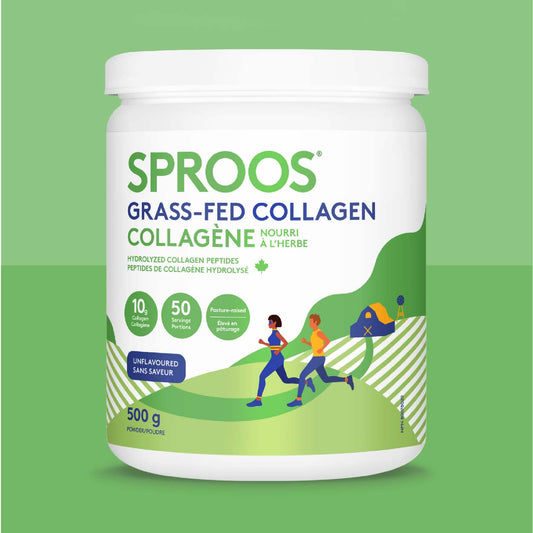The 411 on Good & Bad Bacteria
Did you know that up to 2 kg of your body weight is bacteria? The average person has about 130 different types of friendly bacteria in their digestive tract. There are about 100 trillion bacteria in your digestive tract, isn’t that nuts?! We are walking bacteria colonies! Most of this bacteria is located in your colon. Every day we make quantities of bacteria and eliminate an equal amount in our stools, that is if we eliminate every day.
Bacteria resides in our skin, mouth and genitals. The majority of bacteria is in our large intestine, the lower part of your gut. Bacteria is known as your microbiota, and collectively they form your microbiome.
So what’s the deal with good and bad bacteria? We often hear about probiotics and how they restore or replenish our good bacteria, but what does good bacteria really do? Not all bacteria is good for you BUT provided that you have enough healthy promoting bacteria, they act as the first line of defence against bad or unfriendly bacteria as well as defend the body from viruses.
Good bacteria will make some vitamins and digest fibre, allowing you to get more nutrients from indigestible food. PLUS, good bacteria also helps promote a healthy digestive environment by protecting you from pathogens. They provide essential nutrients, enzymes and hormones, and train your immune system.
If your microbiome is in balance, you’ll experience good digestion, fewer illnesses, clear thinking and be in a good mood. Conversely, if you have more bad bacteria you’ll experience a host of digestive issues, low mood, low immunity and even a low sex drive.
When we produce bad bacteria, or the wrong kind of bacteria, especially in the small intestine, it leads to excess fermentation, gas and bloating. Excess production of bad bacteria can lead to small intestinal bacterial overgrowth (SIBO) and with people who have irritable bowel syndrome (IBS). Researchers have found that a poor gut flora can actually cause disease and influence behaviour and emotions. Bad bacteria can alter the way we store fat, how we balance our blood glucose levels and how we respond to hormones that signal hunger and satiety. Having the wrong mix of microbes, may set us up on the path to obesity and type 2 diabetes.
Our microbiome is the specific family of microorganisms in our gut and is unique to each one of us. It includes a balance of bacteria, some which is more beneficial to us than others. An imbalance of good and bad bacteria or microbiota is associated with diabetes, inflammatory bowel disorders, asthma, obesity and mental illness.
Tips for a Healthy Microbiome
So what sort of diet and lifestyle do we need to improve our digestion and restore a good balance of good gut flora? Eating a variety of foods can increase our diversity of good gut bacteria. Often if we eat a diet mainly of meat, we develop microbes needed to digest meat. Therefore, variety is key. The more variety in our diet, the more we can develop different microbes to digest our food.
Just because you can eat whatever you like, doesn’t mean you should. Having a diet full of processed foods and excess sugar, suppresses the beneficial bacteria and allows unhealthy microbes or gut bacteria to takeover. Processed foods high in sugar, salt, saturated fats, trans-fats, additives or preservatives, are low in nutrients, linked with obesity, diabetes, poor skin healthy and fluctuating energy levels. Food reactions also feed unfriendly or bad bacteria that produce substances that activate the immune system in the gut, which can introduce toxic breakdown products as well as slow down gastrointestinal transit time leading to constipation, bloating and gas.
Often when our bodies are in fight or flight, or in stress-mode, we experience poor gut health. Although stress is hard to avoid, especially when it comes to work-life balance, meditation, yoga and exercise help promote good gut health. As a nutritionist, I also add SPROOS grass-fed collagen, to my smoothies, which helps heal and restore my gut lining, which in turn, helps increase the population and activity of a healthy microbiome. Adding collagen to my diet, helps repair and promote the digestive tract and gut-wall lining my enhancing or sealing the tight junctions stability, helping to repair the intestinal lining. A combination of collagen, probiotics and eating a healthy diet focused on diverse foods, allow your microbiome to flourish.
 |
Laura De SanctisHolistic Nutritionist, Fitness Instructor, Speaker, Health Blogger, International Wellness AmbassadorFounder of Go With Your Gut, an online nutrition and digestive healing program, Laura specializes in coaching women on digestive wellness, as well as detoxification and weight loss. She aims to provide individualized care and assessments to all clients, and bases her treatments around sensible and holistic dietary and lifestyle advice.Twitter / Instagram / Facebook / Website |


